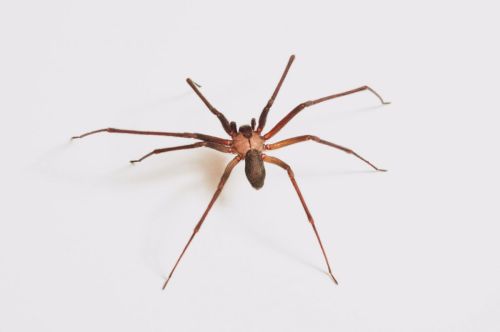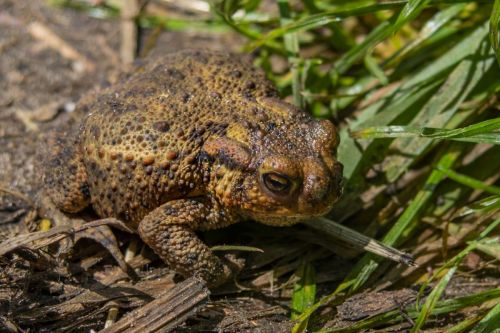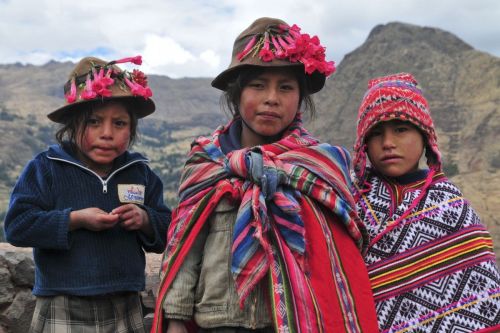18 facts about Brown recluse spider
Loxosceles reclusa, sometimes called fiddleback or violin spider, is a pesky arachnid, that thrives in human environment. Although reclusive in nature ...
Before hatching female spiders are very aggresive, especialy when separated form egg sack which they seek furiously. After hatching they carry spiderlings on ther back till juveniles are ready to star their own lives.
Juvenile wolf spiders often disperse by air, that is why they are able to inhabit so many places.












